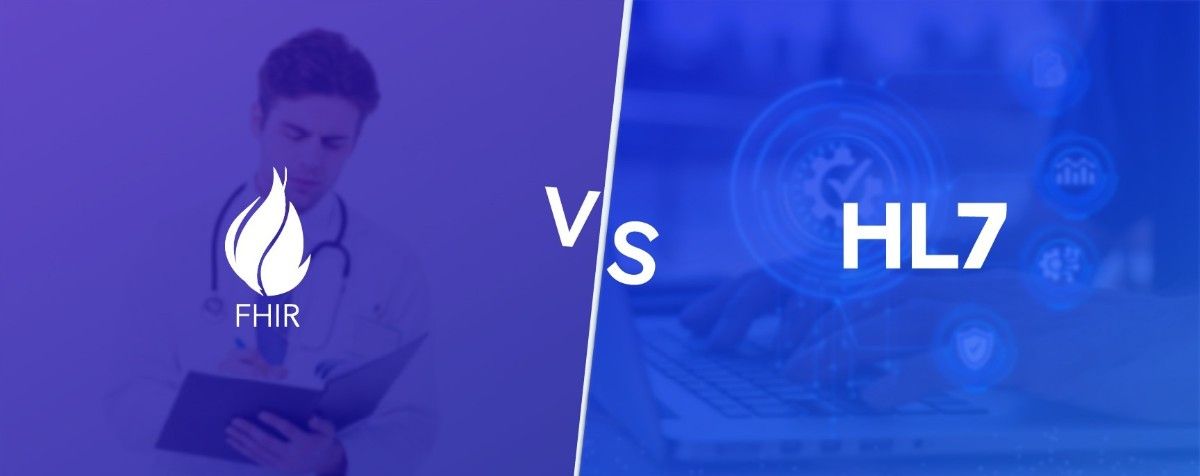


Get insights into HL7 vs. FHIR for Epic EHR/EMR integration that can offer better scalability, cost-effectiveness, and real-time data access.
Epic EHR and EMR integration has evolved dramatically thanks to HL7 and FHIR standards, addressing years of fragmented health data exchange and poor care coordination. For a long time, the lack of standardization in health data systems negatively impacted patient outcomes and operational efficiency.
Today, HL7 and FHIR have transformed the healthcare industry by enabling seamless data sharing, reducing costs, and improving the quality of care. These standards serve as core components of Epic’s interoperability framework and are now widely adopted across global healthcare systems. As the demand for streamlined, secure, and scalable integration grows, the debate around HL7 vs. FHIR has never been more relevant.
This blog will explain the key differences between HL7 and FHIR, helping healthcare leaders make better decisions for Epic integration and create a more connected healthcare system.
Health Level Seven International developed Health Level Seven (HL7) international standards beginning in 1987 for secure health data exchange between healthcare systems, which are essential for Epic EHR and EMR integration. The most utilized HL7 version, V2, employs text messaging to facilitate the real-time transfer of health information for activities such as patient admissions and laboratory outcomes.
The HL7 V3 standard uses an XML-based structure to improve data consistency, while HL7 CDA (Clinical Document Architecture) exchanges clinical documents through formats understandable by both humans & machines. The HL7 standards collectively serve as the foundation for healthcare interoperability while establishing principles for contemporary solutions such as FHIR.
HL7 International developed FHIR as a modern web-based standard that solves the problems associated with traditional HL7 messaging systems. FHIR takes advantage of present-day web tech, including RESTful APIs & data formats like JSON & XML, to enable the exchange of specific healthcare data elements or resources, such as Patients or Medications, instead of complete documents.
The approach to data exchange defines how each standard structures and transmits healthcare information, impacting its suitability for Epic EMR integration.
Each standard’s functionality defines which types of data exchange it can support, which is essential to meet Epic EMR integration requirements.
Flexibility is about how well a standard can adapt to different healthcare applications while working with Epic EHR and EMR integration.
